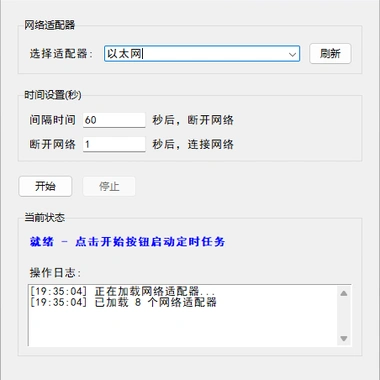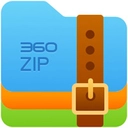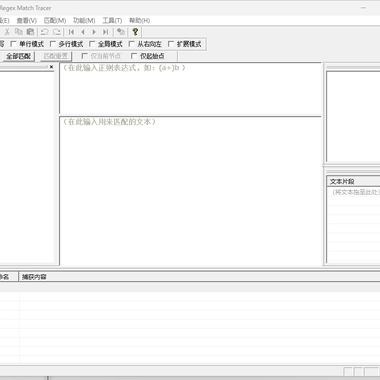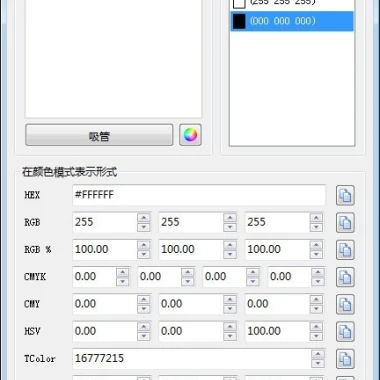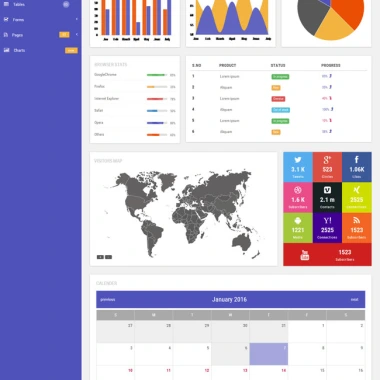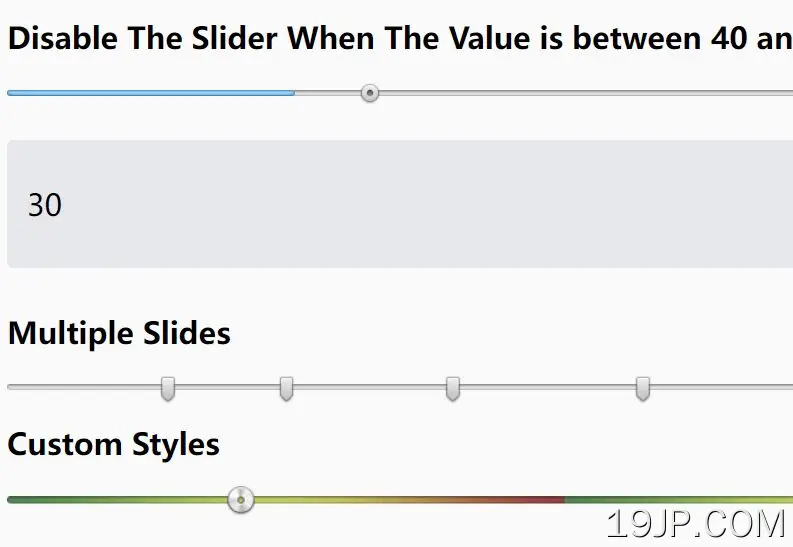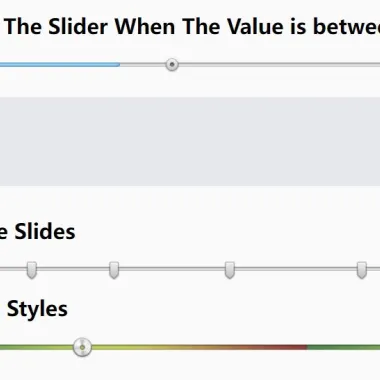
最新资源
简介
范围滑块是表示数量的好方法。它是一个图形控制元素,允许用户从连续范围中选择一个值。它是将一个连续值,如距离或大小,转换为一系列离散值,通常是数字。
它通常用作页面上的输入字段,用户需要从预定义的集合中选择一个或多个解决方案。它非常适合选择持续时间(例如轮班)、选择菜单中的食物、选择交通选项和其他具有预定义数量的东西。
Quinn是一个轻量级的jQuery插件,它提供了一种直接的方法来创建自定义的、支持触摸的渐进增强范围滑块,当JavaScript不可用时,该滑块会优雅地降级为标准范围输入。
滑块控件不仅允许单个值,还允许用户在两个/多个约束之间选择数值。
参见:
- JavaScript中的10个最佳范围滑块插件
如何使用它:
1.在文档中加载Quinn插件和其他所需资源。
<!-- Required --> <script src="/path/to/cdn/jquery.min.js"></script> <script src="/path/to/cdn/underscore-min.js"></script> <!-- jQuery Quinn Plugin --> <link rel="stylesheet" href="quinn.css" /> <script src="/path/to/jquery.quinn.min.js"></script>
2.初始化插件以生成基本范围滑块。
<div class="slider"></div>
$('.slider').quinn({
// options here
});
3.或者在现有范围输入上初始化插件。
<input type="range" value="0" />
$('input[type=range]').quinn({
// options here
});
4.使用改变回调。
$('.slider').quinn({
change: function (newValue, slider) {
console.log(newValue);
}
});
5.将您自己的样式应用于滑块。
.slider {
height: 5px;
}
.slider .bar .left, .slider .bar .main, .slider .bar .right,
.slider .active-bar .left, .slider .active-bar .main,
.slider .active-bar .right, .slider .handle {
background-image: url(bg.png);
}
.slider .bar, .slider .bar .left, .slider .bar .main,
.slider .bar .right, .slider .active-bar .left,
.slider .active-bar .main, .slider .active-bar .right {
height: 25px;
}
.slider .handle {
height: 24px;
width: 24px;
}
6.可用于自定义范围滑块的选项。
$('.slider').quinn({
// minimum value
min: 0,
// maximum value
max: 100,
// If you wish the slider to be drawn so that it is wider than the
// range of values which a user may select, supply the values as a
// two-element array.
drawTo: null,
// step size
step: 1,
// initial value
value: null,
// Snaps the initial value to fit with the given "step" value. For
// example, given a step of 0.1 and an initial value of 1.05, the
// value will be changes to fit the step, and rounded to 1.1.
//
// Notes:
//
// * Even with `strict` disabled, initial values which are outside
// the given `min` and `max` will still be changed to fit within
// the permitted range.
//
// * The `strict` setting affects the *initial value only*.
strict: true,
// Restrics the values which may be chosen to those listed in the
// `only` array.
only: null,
// Disables the slider when initialized so that a user may not change
// it's value.
disable: false,
// By default, Quinn fades the opacity of the slider to 50% when
// disabled, however this may not work perfectly with older Internet
// Explorer versions when using transparent PNGs. Setting this to 1.0
// will tell Quinn not to fade the slider when disabled.
disabledOpacity: 0.5,
// If using Quinn on an element which isn't attached to the DOM, the
// library won't be able to determine it's width; supply it as a
// number (in pixels).
width: null,
// If using Quinn on an element which isn't attached to the DOM, the
// library won't be able to determine the width of the handle; suppl
// it as a number (in pixels).
handleWidth: null,
// Enables a slightly delay after keyboard events, in case the user
// presses the key multiple times in quick succession. False disables,
// otherwise provide a integer indicating how many milliseconds to
// wait.
keyFloodWait: false,
// When using animations (such as clicking on the bar), how long
// should the duration be? Any jQuery effect duration value is
// permitted.
effectSpeed: 'fast',
// Set to false to disable all animation on the slider.
effects: true,
});
7.回调和函数。
$('.slider').quinn({
// A callback which is run when changing the slider value. Additional
// callbacks may be added with Quinn::on('drag').
//
// Arguments:
// number: the altered slider value
// Quinn: the Quinn instance
//
drag: null,
// Run after the user has finished making a change.
//
// Arguments:
// number: the new slider value
// Quinn: the Quinn instance
//
change: null,
// Run once after the slider has been constructed.
//
// Arguments:
// number: the current slider value
// Quinn: the Quinn instance
//
setup: null,
// An optional class which is used to render the Quinn DOM elements
// and redraw them when the slider value is changed. This should be
// the class; Quinn will create the instance, passing the wrapper
// element and the options used when $(...).quinn() is called.
//
// Arguments:
// Quinn: the Quinn instance
// object: the options passed to $.fn.quinn
//
renderer: Quinn.Renderer,
});
更新日志:
v1.2.2 (2022-05-24)
- 修复默认CSS中的句柄位置。
